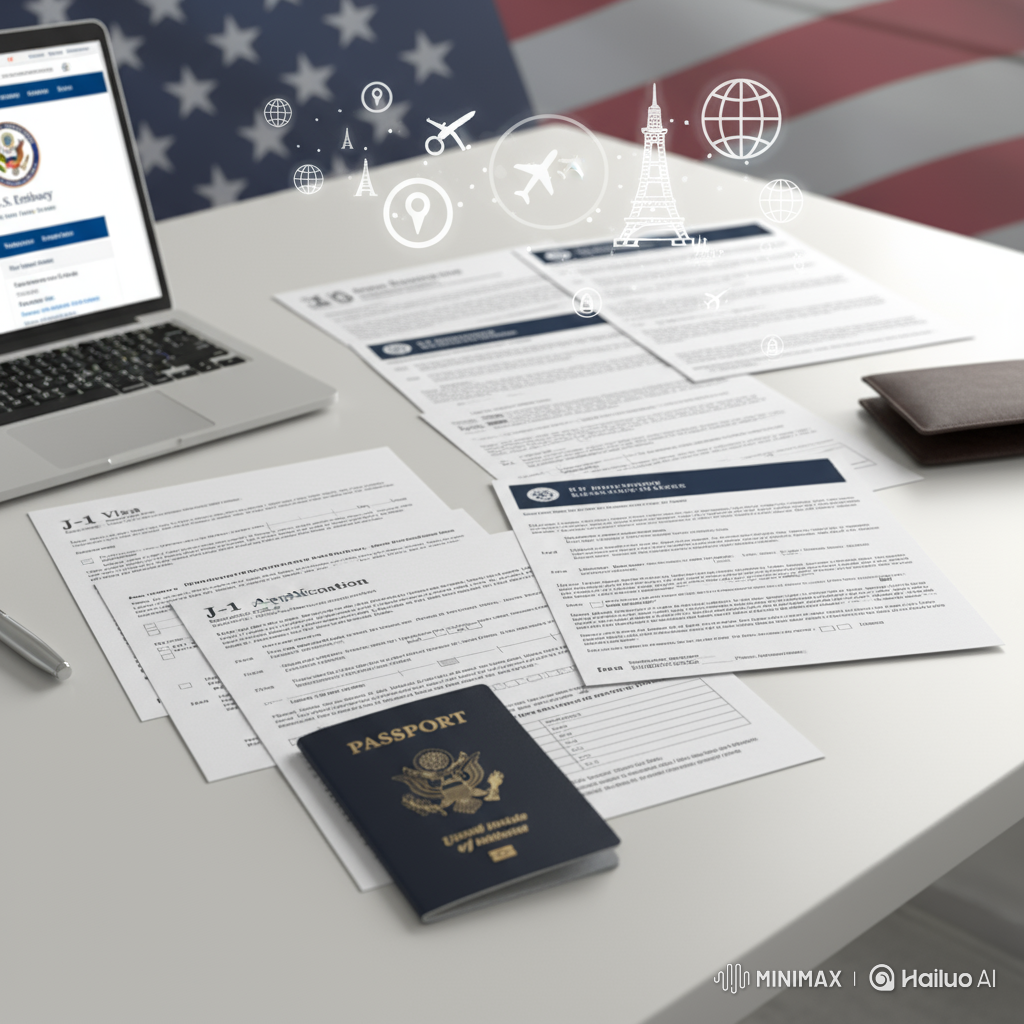Introduction
Exchange programs come in all shapes and sizes. Whether you’re a high school student looking for adventure, a college student pursuing credits abroad, or a young professional eager to volunteer overseas — there’s a program that fits your goals.
When I joined my exchange program, I realized that choosing the type of program is just as important as choosing the country. Each format offers a completely different experience.
1. High School Exchange Programs
Perfect for teenagers aged 15–18, these programs allow American students to spend an academic year abroad living with a host family and attending local schools.
Key features:
- Immersive cultural experience.
- Improved language skills.
- Growth in independence and maturity.
Popular organizations: Rotary Youth Exchange, AFS, CIEE High School Abroad.
💡 Personal insight: I met several students who joined during high school — most said the year abroad shaped their confidence more than anything else they’d done.
2. College and University Exchange Programs
For college students, university partnerships make it easy to study abroad while earning credits.
Programs usually last one semester or a full academic year.
Benefits:
- Academic recognition by your U.S. university.
- Access to international professors and diverse coursework.
- Networking with students from all over the world.
Common destinations: the U.K., Spain, Japan, Germany, and Australia.
3. Short-Term Cultural or Language Programs
These programs last from 2 to 8 weeks and are perfect for summer or winter breaks.
They focus on language immersion, culture, or special topics like art, history, or business.
Why they’re great:
- Affordable and flexible.
- Ideal for students who can’t commit to a long stay.
- Easier to fit around your school schedule.
I met students in short-term programs who said even a month abroad gave them a whole new perspective on life and learning.
4. Volunteer Exchange Programs
Volunteer programs combine travel and social impact.
Participants work in community projects — from teaching English to supporting environmental initiatives.
Examples:
- Peace Corps (for graduates)
- Projects Abroad
- International Volunteer HQ
These programs build empathy and leadership while helping others.
5. Work & Travel Programs
These are designed for students who want to gain work experience abroad during their summer break.
The J-1 Work and Travel Visa allows U.S. college students to work temporary jobs in countries like Australia, New Zealand, or Ireland.
Benefits:
- Earn money while exploring.
- Gain real-world experience.
- Develop independence.
Conclusion
Each type of exchange program offers something unique.
Ask yourself: Do I want to study, work, or volunteer? The answer will shape your experience — and your future.
From my perspective, any program that takes you out of your comfort zone is worth it. The key is choosing one that aligns with your goals, not just your destination.

